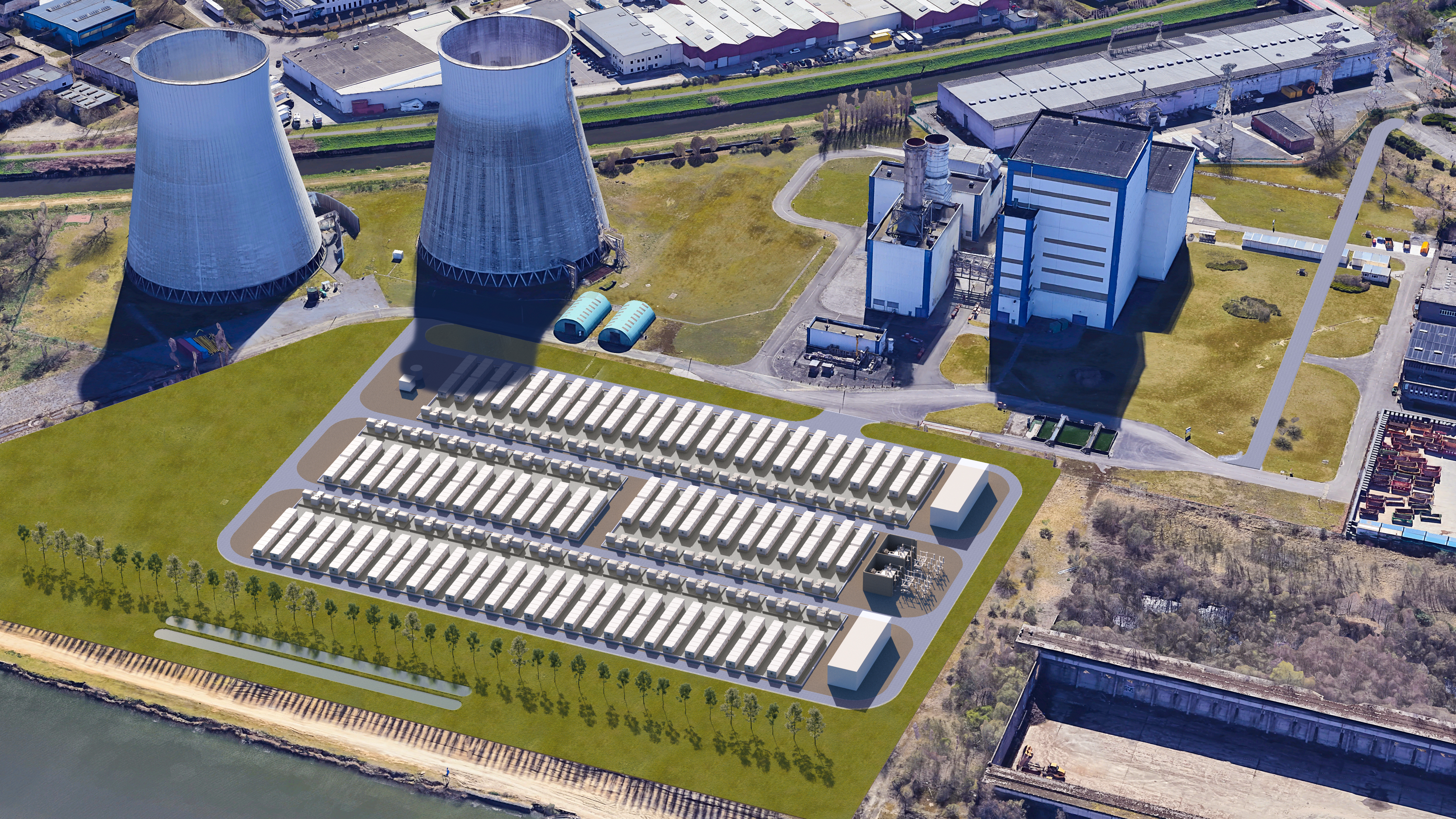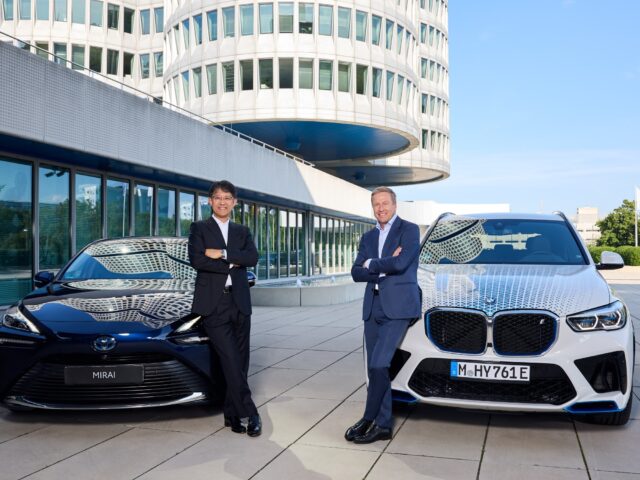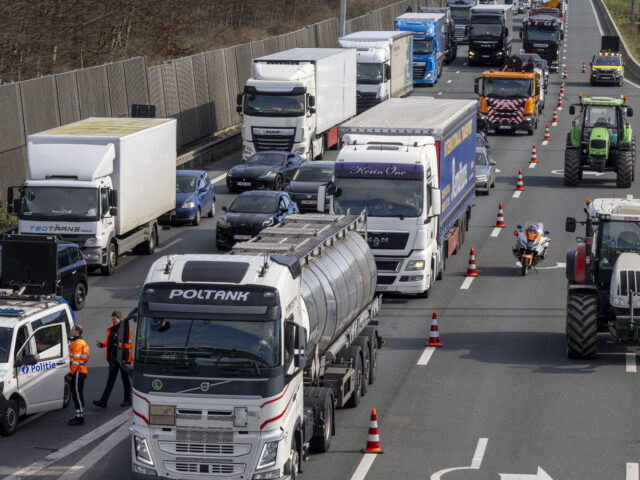French energy giant Engie has started constructing one of Europe’s largest battery parks in Vilvoorde, near Brussels, accounting for 200 megawatts and an investment of 250 million euros. By 2025, the park will be able to store 800 megawatt hours of electricity and inject it into the grid for up to four hours if there is a high power demand.
This could cover the power consumption of almost 100,000 households. With the park’s construction, Engie mainly wants to respond to the growing demand for flexibility on the electricity grid.
Big ambitions
Belgium’s largest energy supplier wants to expand its flexible capacity further by building additional battery parks. Among other things, the company is building a new 875-megawatt gas-fired power plant in Flémalle. It already has the country’s largest natural battery, the Coo hydropower center, in its portfolio.
However, Engie also plans to build battery farms in Kallo (100 MW) and Drogenbos (80 MW). “Batteries complement wind and solar energy,” says Engie Belgium CEO Vincent Verbeke. “Our ambitions in this are big.”
320 battery modules
Engie is building the battery farm—accounting for 320 25 m x 4 m x 3 m battery modules—on its site in Vilvoorde, a 3,5-hectare plot. Each module will be connected to an inverter, a transformer, and the electrical installations needed to connect them to the high-voltage grid. The start-up will take place in two phases, with 100 MW of batteries commissioned in September 2025 and January 2026.
The original plan was to build a new large gas-fired power plant in Vilvoorde, but the company did not get a permit. The site still has an older gas turbine. After all, Verbeke explains, gas power plants remain necessary. Batteries cannot supply power for weeks at a stretch without sun and wind, but gas power plants can.
Crucial for Belgium’s security of supply
Today, more and more electricity is generated by solar panels and wind turbines. However, these renewable energy sources also produce power when demand is low, and conversely, they do not always produce when demand is high. “The gap between production and demand is widening,” Verbeke explains. “To cope with these fluctuations between supply and demand on the grid, there is a need for more flexibility.”
According to Engie Belgium’s new top executive, that is why the Vilvoorde site, with its batteries and gas turbine, is becoming crucial for Belgium’s supply security. By 2030, Engie plans to install 10 GW of battery storage capacity worldwide.




Comments
Ready to join the conversation?
You must be an active subscriber to leave a comment.
Subscribe Today